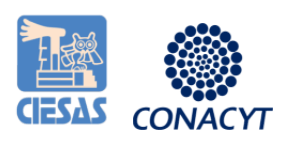RELATIONAL AESTHETICS, CONTEMPORARY ART AND ANTHROPOLOGICAL PRACTICES.
The encounter between arts and anthropology seems particularly fruitful for both when entailing the exchange of practices (Schneider, Gell): in fact, theories and methodologies informing in each discipline investigation, data gathering/production, interpretation, forms and styles of results dissemination can become of mutual inspiration, heightening the quality, density and effectiveness of the work.
Among other variables, that of the “relationship” with the real and its protagonists seems to be crucial for both ethnographers and artists interested in working about/in the world (this being particularly tricky after Foster's critics). It's likely that in both cases we are going towards Bourriaud's “relational aesthetics”, where the productions and their authors have to be perceived as (precarious and partial) elements of a process.
More specifically, for anthropologists the practise of the relationship can be enriched through artistic strategies in order to further widen the potentialities of participant observation as well as to develop new ways for the diffusion of our interpretations. On the side of arts, to give the relationship the needed time and care can lead to deeper information (as it's well known by artists coming from migrant, post-colonial or subaltern cultures who can already exploit the long exploration of the otherness in self, as it happens for Adrian Paci, Mounir Fatmi, Michael McMillan etc.) to be used at the basis of their artworks and suggest ways to make the artwork become a medium in the flux artist-audience.
My contribution will discuss the opportunities emerging in anthropology when the discipline is open to mangle with visual and performing arts. To do so, I will refer to the case-studies of contemporary artists and fellow anthropologists, as well as to my experience as a cultural anthropologist practising as video-maker, photographer, and performer.
(*)El autor o autora no ha asociado ningún archivo a este artículo









